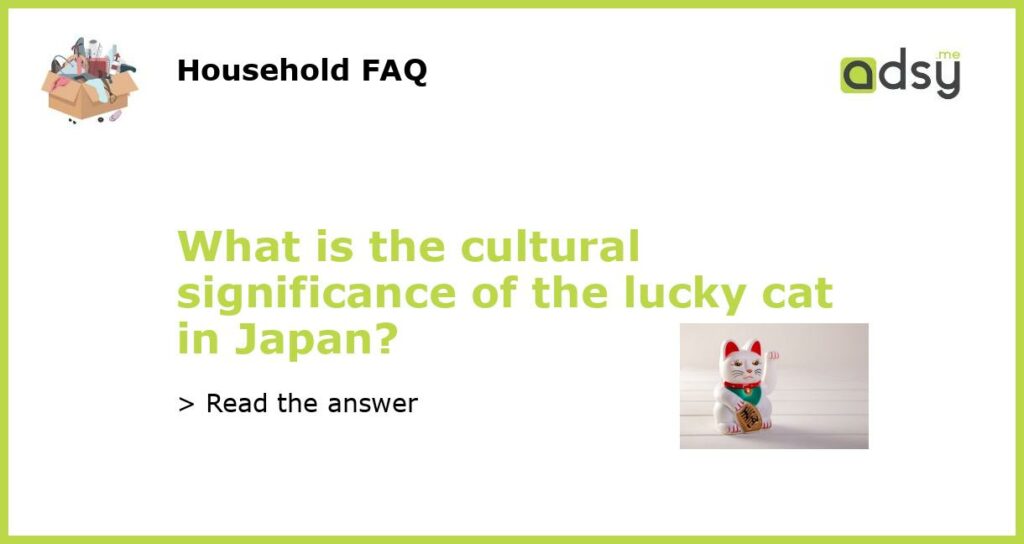The History of the Lucky Cat
The lucky cat, or maneki-neko, has been a beloved symbol of good fortune and prosperity in Japan for centuries. The history of the lucky cat dates back to the Edo period, where it was believed that a cat beckoning with an upright paw would bring good luck and fortune.
The Symbolism of the Lucky Cat
The lucky cat has come to symbolize more than just good luck. It also signifies protection, happiness, and prosperity. The different colors and gestures of the cat have their own meanings. For example, a white cat represents purity and happiness, while a black cat wards off evil spirits. The raised left paw invites customers, while the raised right paw is said to bring wealth and good fortune.
The Popularity of the Lucky Cat
The popularity of the lucky cat has spread beyond Japan and can now be found in many countries around the world. Its widespread appeal is due to its charming appearance and the promise of good luck, making it a popular gift and decoration.
The Lucky Cat in Modern Japan
In Japan today, the lucky cat can be found in many places, such as stores, restaurants, and homes. Many businesses display the lucky cat as a symbol of prosperity and to attract customers. The image of the lucky cat has also been incorporated into modern pop culture, appearing in anime and manga as well as in advertising.
The Cultural Significance of the Lucky Cat
The cultural significance of the lucky cat goes beyond just a symbol of good luck. It represents Japanese values such as kindness, generosity, and hospitality. The lucky cat is a reminder to be grateful for what we have and to appreciate the small things in life that bring us happiness and good fortune.






